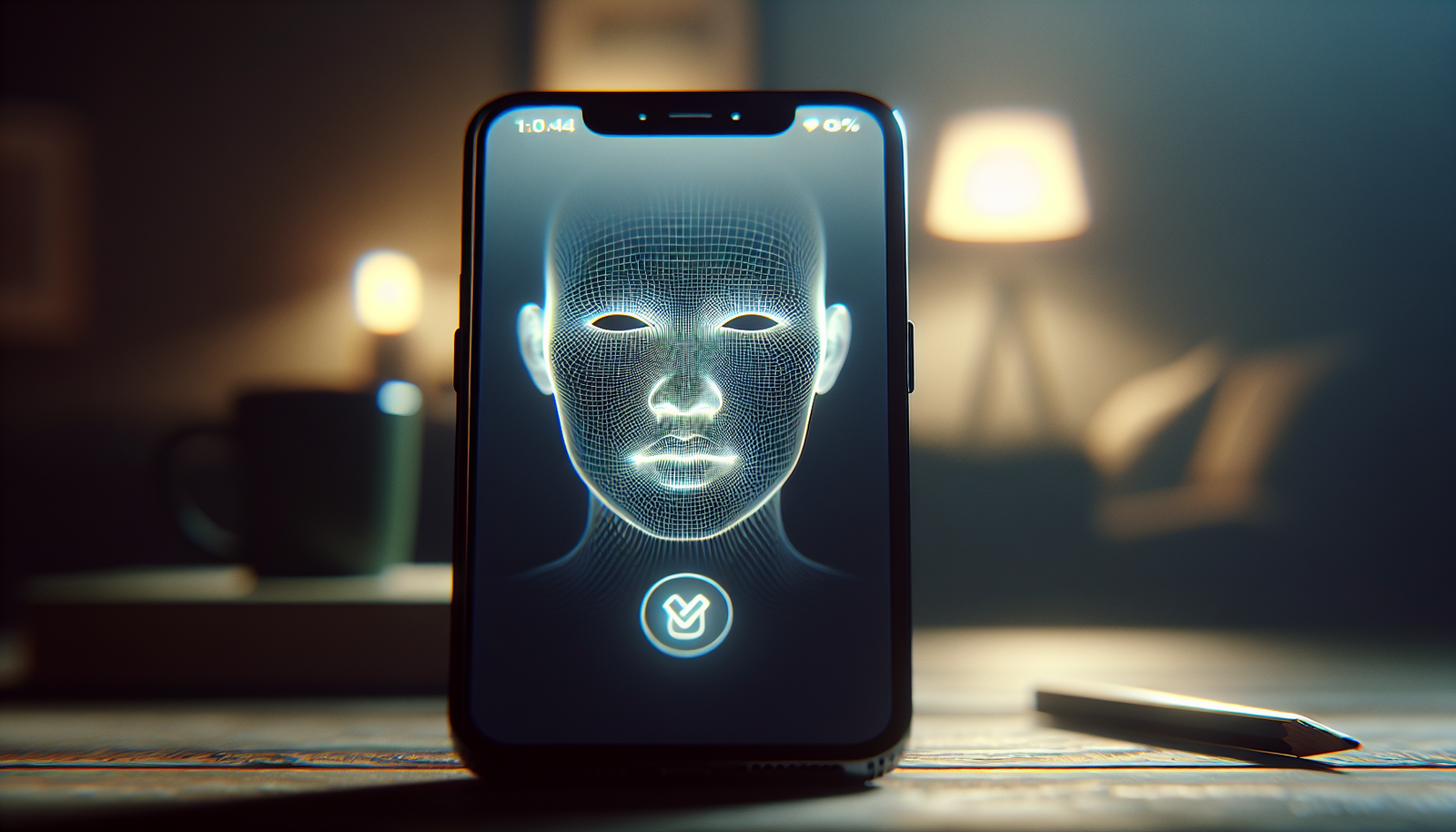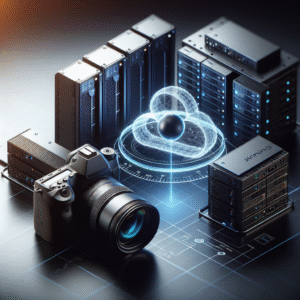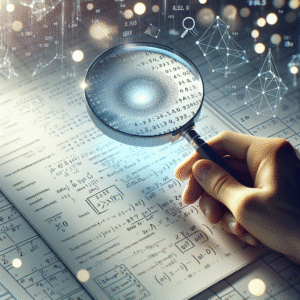Have you ever wondered how your phone can recognize your face or how Netflix seems to know exactly what you want to watch next? These fascinating capabilities are all thanks to machine learning (ML). In today’s world, ML isn’t just a tech buzzword; it’s an integral part of everyday life.
Understanding Machine Learning
Before we dive into its applications, it’s essential to have a solid grasp of what machine learning is all about. Essentially, ML is a subset of artificial intelligence that enables computers to learn from data and make decisions without human intervention. It involves algorithms and statistical models that help in understanding patterns within large sets of data.
How Does Machine Learning Work?
Machine learning works by feeding large amounts of data into algorithms to train a model. As the model processes the data, it becomes better at making predictions or recommendations. This training phase is vital because the more data the algorithm has, the more accurate its results will be.
Let’s break it down into a simple table:
| Step | Description |
|---|---|
| Data Collection | Gathering relevant data from various sources. |
| Data Preparation | Cleaning and organizing the data for analysis. |
| Model Training | Applying algorithms to the prepared data to create a model. |
| Testing the Model | Evaluating the model’s accuracy with new, unseen data. |
| Implementation | Using the model for making predictions or decisions in real-time. |
By following these steps, machine learning models can accurately engage in a variety of tasks and applications.
Daily Life Applications of Machine Learning
So, in what ways does machine learning affect my everyday life? It’s incredible how pervasive this technology is. I often find myself benefiting from ML in ways I didn’t even realize.
1. Personal Assistants
I can’t imagine my life without my smart personal assistant. Whether I’m using Siri, Google Assistant, or Alexa, I appreciate how these platforms understand my voice and respond appropriately.
How It Works
These assistants use natural language processing (NLP), which is a branch of ML focused on understanding human language. As I interact with them, they learn from my preferences, leading to more personalized answers and actions.
| Feature | ML Application |
|---|---|
| Voice Recognition | Understanding and processing my spoken queries |
| Contextual Awareness | Learning my preferences for personalized responses |
| Task Automation | Performing tasks like setting reminders or playing music |
2. Online Recommendations
One of the most significant ways machine learning has enhanced my online experiences is through personalized recommendations. When I shop online, watch shows, or listen to music, I appreciate how platforms suggest items based on my past behavior.
E-commerce Recommendations
When I’m shopping, algorithms analyze my past purchases and browsing history to suggest products I might like. This not only saves me time but also often leads to discovering new items.
| Platform | ML Technique Used |
|---|---|
| Amazon | Collaborative filtering to suggest products |
| Netflix | Content-based filtering to recommend shows |
| Spotify | User behavior analysis for music recommendations |
3. Navigation and Traffic Management
Whenever I need to go somewhere, I rely on navigation apps that use machine learning to provide real-time traffic updates. These applications not only suggest the quickest routes but also help me avoid congested areas.
Real-time Traffic Predictions
The algorithms analyze huge amounts of location data from other users. By identifying patterns and trends, they can predict potential delays and suggest alternate routes.
| Algorithm Type | Purpose |
|---|---|
| Predictive Analysis | Forecast traffic conditions |
| Route Optimization | Suggest the fastest and least congested routes |
4. Healthcare Applications
Machine learning is revolutionizing the healthcare industry in ways that directly impact my health and wellbeing. From diagnosis to treatment plans, ML is improving outcomes in critical areas.
Diagnostic Assistance
I’ve learned that ML algorithms can analyze medical images, assisting doctors in diagnosing conditions like cancer more accurately.
| Application | Description |
|---|---|
| Image Analysis | Quickly identifying irregularities in x-rays |
| Predictive Analytics | Forecasting patient outcomes from data |
| Personalized Medicine | Tailoring treatments based on genetic data |
5. Smart Home Devices
I’m increasingly surrounded by smart home devices that rely on machine learning to automate my daily tasks. From thermostats to security cameras, these devices learn my habits to improve comfort and safety.
Home Automation
For instance, my smart thermostat adjusts the temperature based on my routine, learning when I’m typically home and when I’m not.
| Device Type | ML Application |
|---|---|
| Smart Thermostats | Learning and adjusting to my heating preferences |
| Security Cameras | Detecting unusual activity with pattern recognition |
6. Fraud Detection
I appreciate how financial institutions use machine learning to protect my accounts. The algorithms analyze my spending behaviors to detect any fraudulent activities instantly.
Anomaly Detection
Banks implement ML by monitoring transactions in real-time, flagging any anomalies for further investigation.
| Method | Use Case |
|---|---|
| Pattern Recognition | Identifying typical spending behaviors |
| Alert Generation | Notifying users of suspicious activities |
7. Social Media Algorithms
I enjoy scrolling through my social media feeds, often amazed at what I see. Machine learning algorithms influence the content that appears in my feed by analyzing my interactions and engagement.
Content Personalization
They prioritize content that I am likely to engage with based on my past likes, shares, and comments.
| Social Media | ML Application |
|---|---|
| Engagement-based content ranking | |
| Image recognition to serve relevant ads |
8. Image and Voice Recognition
When I take a photo or record a voice memo, I appreciate how quickly and accurately my device recognizes faces or converts my speech to text.
Face Recognition
Many smartphones use ML-based face recognition systems to unlock devices, offering a convenient and secure method of access.
| Application | Purpose |
|---|---|
| Facial Recognition | Unlocking devices securely |
| Voice-to-Text | Transcribing spoken words into written text |
The Future of Machine Learning in Everyday Life
As I think about the future, it’s clear that machine learning will continue integrating into my everyday life in even more significant ways. The potential for growth and innovation is immense. Here are a few emerging trends and applications that I find particularly exciting.
1. Enhanced Personalization
I imagine a future where every digital interaction is personalized to an unparalleled degree. From customized news feeds to tailored workouts, the use of ML could cater to my unique needs and preferences seamlessly.
2. Autonomous Vehicles
The prospect of self-driving cars is exhilarating. I can picture myself sitting back and relaxing as the vehicle navigates through traffic using sophisticated ML algorithms, ensuring a safe and efficient ride.
3. Improved Healthcare Insights
With advancements in ML, I’m hopeful that healthcare will become more proactive rather than reactive. Predictive analytics could allow for earlier detection of diseases, ultimately saving lives.
4. Smarter Cities
I’m interested in how machine learning can help in building smarter cities. From traffic management to waste disposal, ML can optimize city services, improving my daily commute and overall quality of life.
5. More Robust Security Systems
As cyber threats evolve, machine learning can enhance security protocols. I look forward to the day when my devices can autonomously detect and neutralize threats before they become a problem.
Challenges and Ethical Considerations
While I’m excited about the potential of machine learning, I acknowledge that there are challenges and ethical considerations to bear in mind. Bias in algorithms is a significant issue; if the data fed into an ML model is biased, the outcomes will reflect that bias.
1. Data Privacy
I’m mindful of the data privacy concerns surrounding ML. As my data is collected, it’s important for organizations to ensure that my information is protected and used responsibly.
2. Algorithmic Bias
There are real concerns about algorithmic bias, leading to unfair treatment in various sectors, from hiring practices to law enforcement. I believe it’s crucial for developers to prioritize fairness and transparency in their models.
| Concern | Impact |
|---|---|
| Data Privacy | Risks of data breaches and unauthorized access |
| Algorithmic Bias | Perpetuating societal inequalities and injustices |
Conclusion
Machine learning is transforming my everyday experiences in numerous ways, from personalizing suggestions to enhancing security measures. As I navigate this ever-evolving landscape, I’m excited to see how it will continue to shape our world.
The blend of convenience, efficiency, and innovation that ML brings is undeniably impressive. However, I also recognize the importance of addressing its challenges to ensure a fair and ethical implementation. As we progress, I will keep an open mind and heart to embrace the changes that machine learning promises to bring into our lives.
In the end, it’s a thrilling time to witness how technology, powered by machine learning, will continue to integrate deeper into our daily routines, enhancing our lives in ways we can only begin to imagine.






